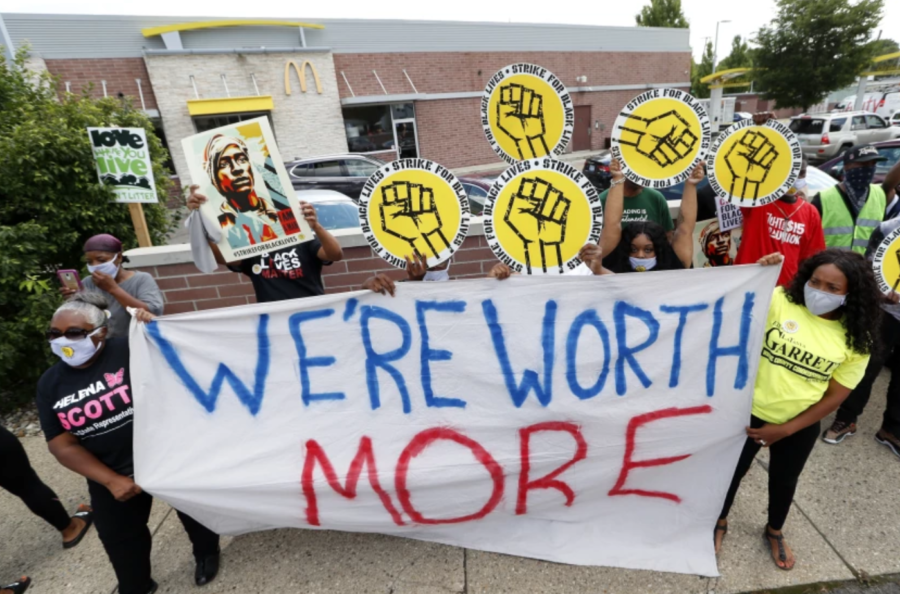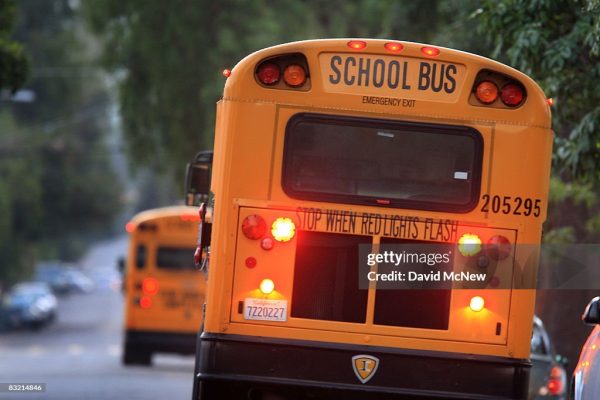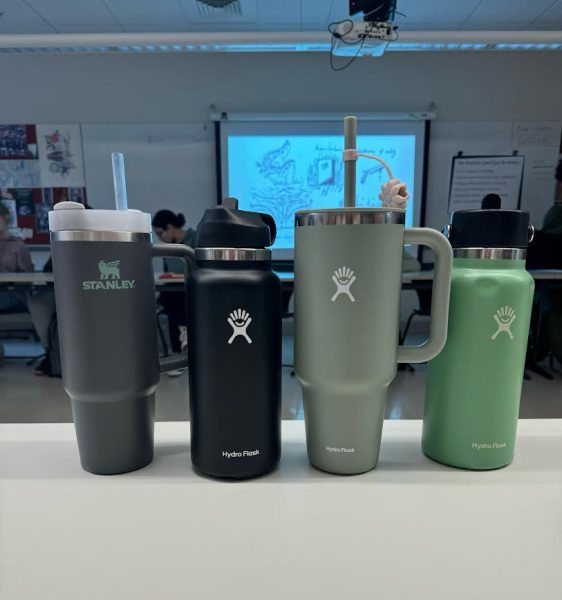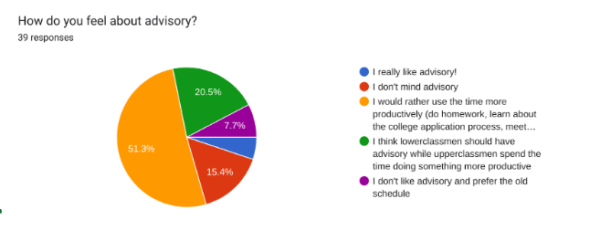Why Are So Many Workers on Strike?
If you’ve been following the news recently, you might have noticed that there are more companies on strike than usual. In the first five days of October, there were ten strikes in the United States— not to mention the fact that 60,000 workers in the TV and film industry nearly unanimously voted in favor of authorizing a strike. The International Alliance of Theatrical Stage Employees (IATSE) came to an agreement one day before their strike deadline. However, if those 60,000 workers had gone through with it, it would have been the first strike of that size since World War II. Massachusetts nurses have been on their longest strike in the state’s history, going on seven months. So what’s causing this? What’s making workers say, “Yeah, I think I can get a better life for myself?”
What we’re seeing is not a sudden swing. In fact, we are still at a fraction of the number of strikes that the United States saw some fifty years ago. Membership in unions, an important choice for any worker who wants fair rights and pay, has been experiencing record lows. This is due in part to the decades of anti-union law passage like right-to-work laws, and in part to companies’ concentrated efforts to spread anti-union propaganda. Nevertheless, we are seeing changes.
Approval of unions is reaching a new high point, with 47% approval among Republicans (the highest it’s been since 2003), and 90% of Democrats in favor.
The current labor shortage is only lending to workers’ bargaining power, and workers are fed up with being paid sub-living wages for grueling work. It is no coincidence that times of high income inequality come at times of low union membership, and the current pandemic has only increased workers’ awareness of the inequity within their workplaces.
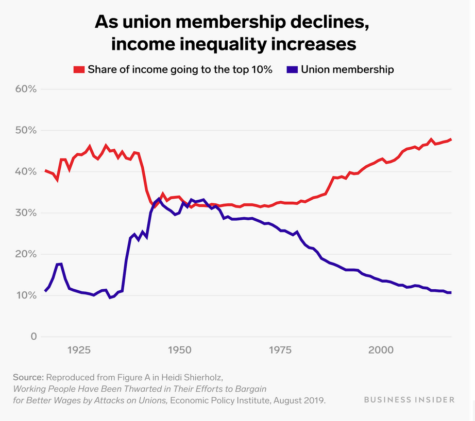
Strikes, along with walkouts and following the letter of contracts, are some of the best tactics available to unions. A plethora of states have outlawed strikes for some professions, including public sector jobs, such as teachers and federal workers. However, there are still many ways employees can withhold work. As detailed in Massachusetts’ laws regarding strikes, “A concerted refusal to perform a task that is purely voluntary or within employees’ discretion is not a strike,” and “The refusal to work overtime is not a strike where an existing collective bargaining agreement or past practice specifically authorizes the refusal.” There are still many obstacles in workers’ paths, but strikes have been gaining more traction (and winning more for workers) than ever before.
In 2019, there were 25 strikes with over 1,000 workers involved, the highest number since 2001, and the number has only grown from there. As can be seen with the rise of unions in journalism over the last half-decade or so, it just takes one starting push to set a boulder into motion, and we are seeing more boulders pushed every day.
So what’s next for unions? It is likely that support will continue to grow over the next few years with groundbreaking leaps ahead, only to be met with stronger anti-union laws, supported by corporations who are not willing to pay a fair price for the labor of human workers.
